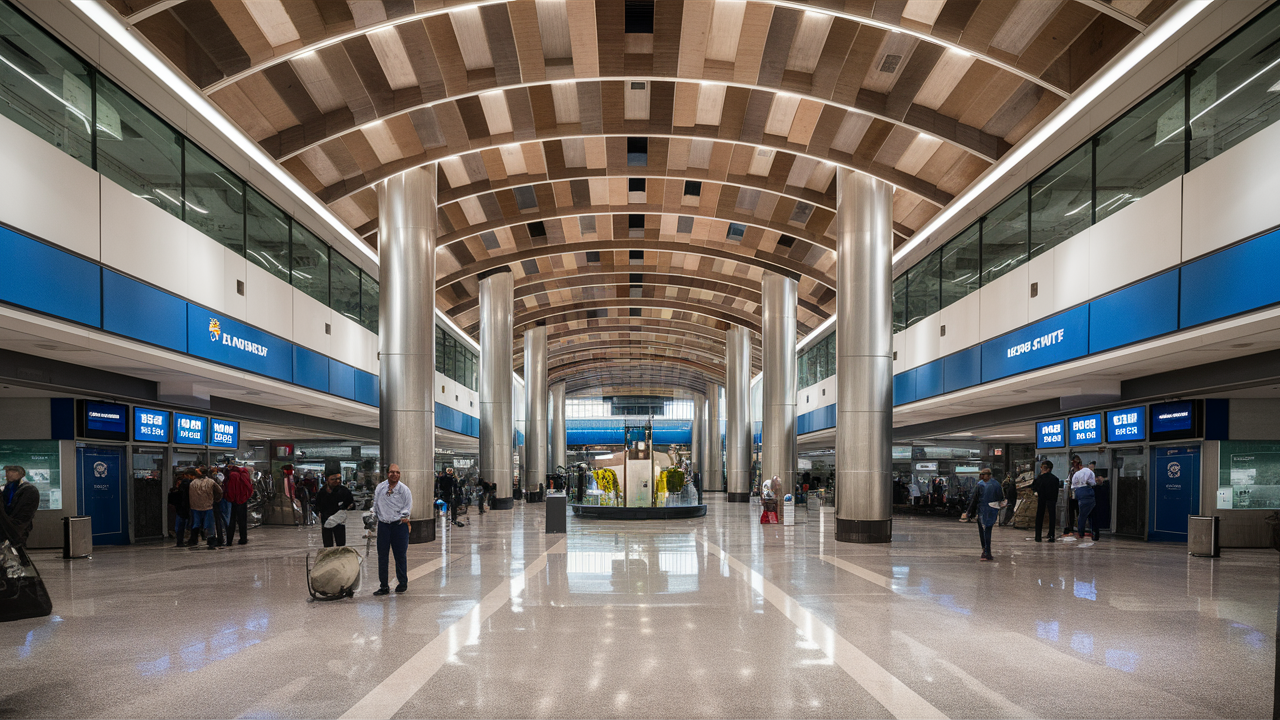Who runs an airport?

Who Runs an Airport?
Airports are large systems consisting of many subsystems that should work in harmony for the system to turn out to be efficient in facilitating air transport. But who is responsible for managing such key infrastructure for mass transit? It is not only the government that is involved in the operation of airports, but also many private and public companies.
Civil Aviation Authority at the Local or Regional Level
Most of the airports in the United States are managed by an airport board, an autonomous institution that can be run by different local administrative units. Airport authorities are entities responsible for the control of airports and their functioning on behalf of the public within a particular region.
Among the biggest authorities over airports in the United States are:
- Los Angeles World Airport (LAWA) is LAX, a sizable commercial airport in Los Angeles; Van Nuys Airport is another airport in Los Angeles. Appointed by the mayor and city council of Los Angeles, this board of airport commissioners is the municipal government of the airports in Los Angeles.
- Oversights of John F. Kennedy International, LaGuardia, and Newark Liberty International airports under the Port Authority of New York and New Jersey. run under the direction of the Board of Commissioners, comprised of governors of New York and New Jersey selected members.
- Chicago Department of Aviation: Oversees Chicago Midway International Airport and Chicago O'Hare International Airport. The City of Chicago owns them now under direction from the Chicago Department of Aviation and its Commissioner.
- Managing Baltimore/Washington International Thurgood Marshall Airport, Maryland Aviation Administration (MAA) is an independent company connected with the Maryland Department of Transportation. An appointed administrator, MAA, oversees and manages the association.
These airport authorities have human resources of well over thousands of employees whose duties span daily operations and maintenance of the airports as well as management of the concessions, commercial activities, technology integration and deployment, public services, accounting, and general airport development and planning.
City or County Department
Some are wholly owned and operated as an organizational unit of the government of a city, county, or municipality. For example, the Aviation Department in the City of Los Angeles operates two other smaller airports in the city: Van Nuys Airport and LA/Palmdale Regional Airport. San Francisco International Airport is an enterprise of the Department of the City and County of San Francisco.
State Transportation Departments
Some airports are state-owned or managed by departments of transportation, an example is the Minneapolis-Saint Paul International Airport which is under the Minnesota DOT.
Independent Public Airport Operators
Others are independent airport management that works for the local government by providing the services of management for public airports. For example, AvPORTS is involved in the management of airports from small areas where there are small airports to big cities airports such as Atlanta or Sacramento through management contracts.
Private Ownership or Operation
However, it is essential to realize that some airports are entirely or partly owned by private organizations in the United States. Almost all the international and regional airports around the globe have various degrees of private participation through leasehold or concession to manage these assets. This is the case with private management companies that may be hired by municipalities as experts in airport management and operation.
Branson Airport located near Branson, Missouri is one of the examples of that private airports for commercial use are common in the United States. It is owned by a group of local investors, and its management has been widely praised for its efficiency. Another example is in San Juan Puerto Rico: the airport was privatized in 2013 and has been managed by a private company.
Shared Governance Models
In the governance of airports, there may be instances where models will be shared within local government agencies. Cooperative management framings are the Dallas/Fort Worth International Airport and Seattle-Tacoma International Airport.
The Dallas/Fort Worth International Airport is the airport that is shared between Dallas and Fort Worth and operated under the Airport Board, which consists of representatives from both cities. This joint city model has led to the massive expansion of the airport and organizes growth based on regional planning.
Seattle-Tacoma International Airport on the other hand has a different Port operating model. All the airport's operations, facilities, and infrastructure are in the hands of the Port of Seattle. However, the Seattle Airport Department division is responsible for airfield movement and security.
As you can imagine, a major airport like this one can have a complicated combination of local, regional, and private players in supervision and operation. These are relatively large transportation facilities and their management involves structures often led by civic frameworks. Variations in the models may be observed, but the priority mission is to serve the regional traveling public through rational planning and operations.
